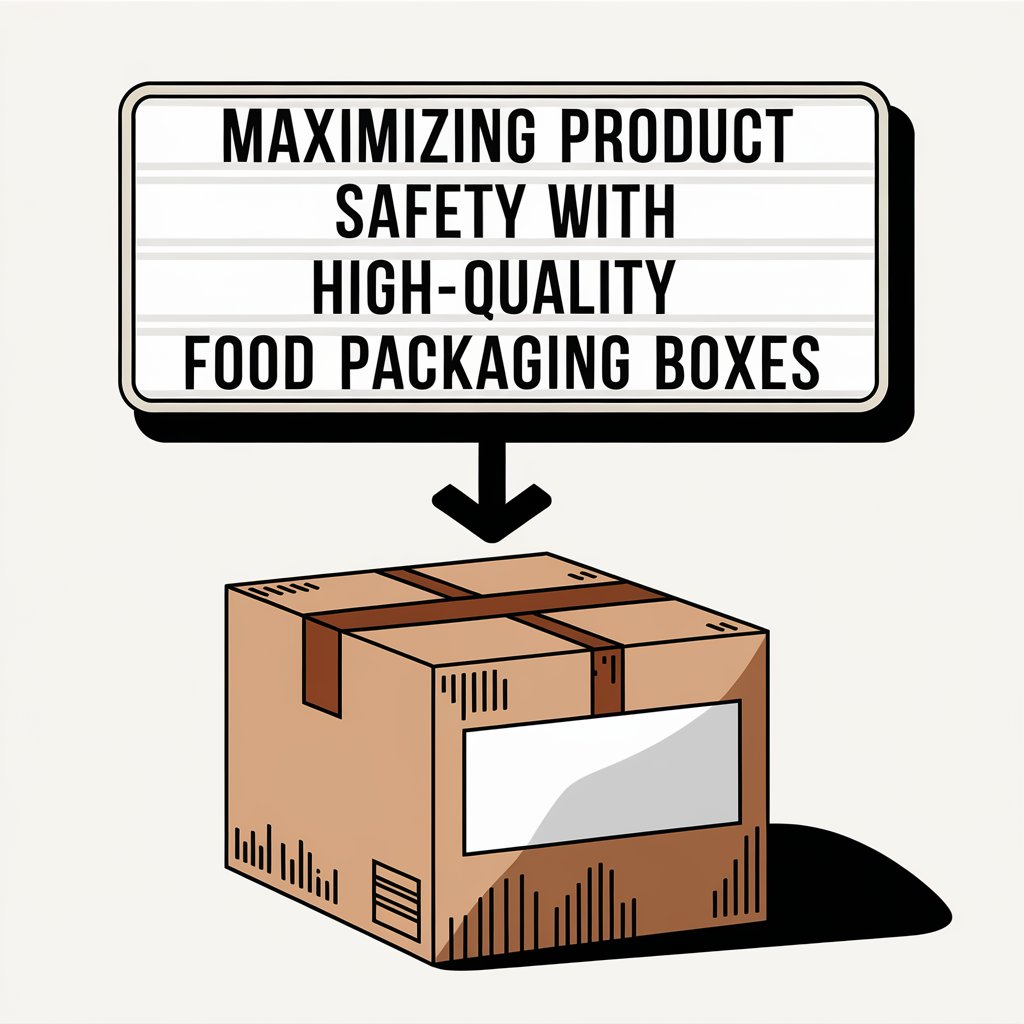In an era where data breaches and cyber incidents are becoming more commonplace, the significance of robust cybersecurity measures cannot be overstated. Organisations across various industries are increasingly reliant on digital platforms to store and manage sensitive information. In such a scenario, the protection of this data is paramount not only to safeguard against financial loss but also to maintain customer trust and regulatory compliance. This brings us to the critical role of data leakage prevention tools in fortifying an organisation’s cyber defences.
Understanding Data Leakage
Data leakage refers to the unauthorised transmission of data from within an organisation to an external recipient. This can occur through various means, whether unintentional or malicious, and the consequences can be devastating. Aside from intellectual property theft and financial repercussions, data leakage can lead to significant reputational damage and legal penalties, particularly with stringent data protection regulations in force globally.
The Mechanisms of Data Leakage Prevention Tools
Data leakage prevention tools are specialised software solutions designed to detect and prevent the exfiltration of sensitive information. They operate by closely monitoring data access and transfer over an organisation’s network. By setting predefined policies and rules, these tools can identify potential leakage points and act to block or alert personnel about suspicious activities.
Key Features of Data Leakage Prevention Solutions
Effective data leakage prevention tools have several key features that ensure comprehensive protection. They typically include content discovery, which locates sensitive data across endpoints and networks; network monitoring, to oversee data in motion; and endpoint actions, to control data transfer between devices and external media.
The Integration of Data Leakage Prevention in Cybersecurity Strategies
Integrating these tools into an organisation’s wider cybersecurity strategy is vital. They function as a significant layer of defence, complementing firewalls, antivirus software, and other security measures. Recognising that the human element often poses the biggest threat, data leakage prevention also helps mitigate risks associated with employee error or insider threats.
Real-world Applications of Data Leakage Prevention
In practical terms, data leakage prevention tools serve a range of purposes. For instance, they can help prevent the wrongful email forwarding containing trade secrets, block unauthorised uploads of customer information to cloud services, and manage the use of removable storage devices that could carry critical data outside the security perimeter.
Compliance and Data Leakage Prevention
Data leakage prevention is not just about avoiding data breaches. It also plays a crucial role in an organisation’s compliance with regulatory requirements. With laws such as the GDPR and HIPAA, stringent data protection principles dictate the way personal and sensitive information is handled, and non-compliance can result in substantial fines and sanctions.
The Benefits of Implementing Data Leakage Prevention Measures
The benefits of implementing data leakage prevention measures are manifold. They extend beyond simply avoiding negative outcomes and can actively contribute to the business’s long-term sustainability and growth.
Protection of Intellectual Property: For many organisations, intellectual property is among their most valuable assets. Data leakage prevention tools help ensure that the innovation and competitive advantage embodied in this intellectual property remains secure.
Maintaining Customer Trust: Customers entrust companies with their personal and financial data. An organisation that can demonstrate effective data security measures is more likely to retain and attract customers.
Supporting Business Continuity: By preventing potential data breaches, organisations safeguard their operational integrity, thus supporting ongoing business continuity and resilience against cyber threats.
Enhancing IT and Security Team Efficiency: Data leakage prevention tools can reduce the burden on IT and security teams by automating the monitoring and management of data transfers, allowing these professionals to focus on other critical tasks.
Choosing the Right Data Leakage Prevention Tool
The choice of the right data leakage prevention tools is critical. A good tool should be scalable, adaptable to various environments, user-friendly, and capable of integrating with existing security infrastructure. It should continue evolving with the cyber threat landscape and the organisation’s own growth.
Investing in Data Leakage Prevention as a Priority
Investing in robust data leakage prevention should be a priority for any organisation that takes its data security seriously. In a world where cyber threats are constantly evolving, standing still is not an option. Protection measures must be proactive, intelligent, and comprehensive, with data leakage prevention at the core of this security ecosystem.
Conclusion
In conclusion, securing an organisation’s digital frontier is no small task. It requires a nuanced approach, centred around high-quality cybersecurity measures and leading-edge solutions. Data leakage prevention tools are indispensable in this strategy, offering a crucial line of defence against a multitude of threats that seek to undermine a company’s data integrity. By prioritising the implementation of such tools, businesses can assure stakeholders of their commitment to cybersecurity and data protection, thereby securing not only their information but also their reputation and success in the digital age.



